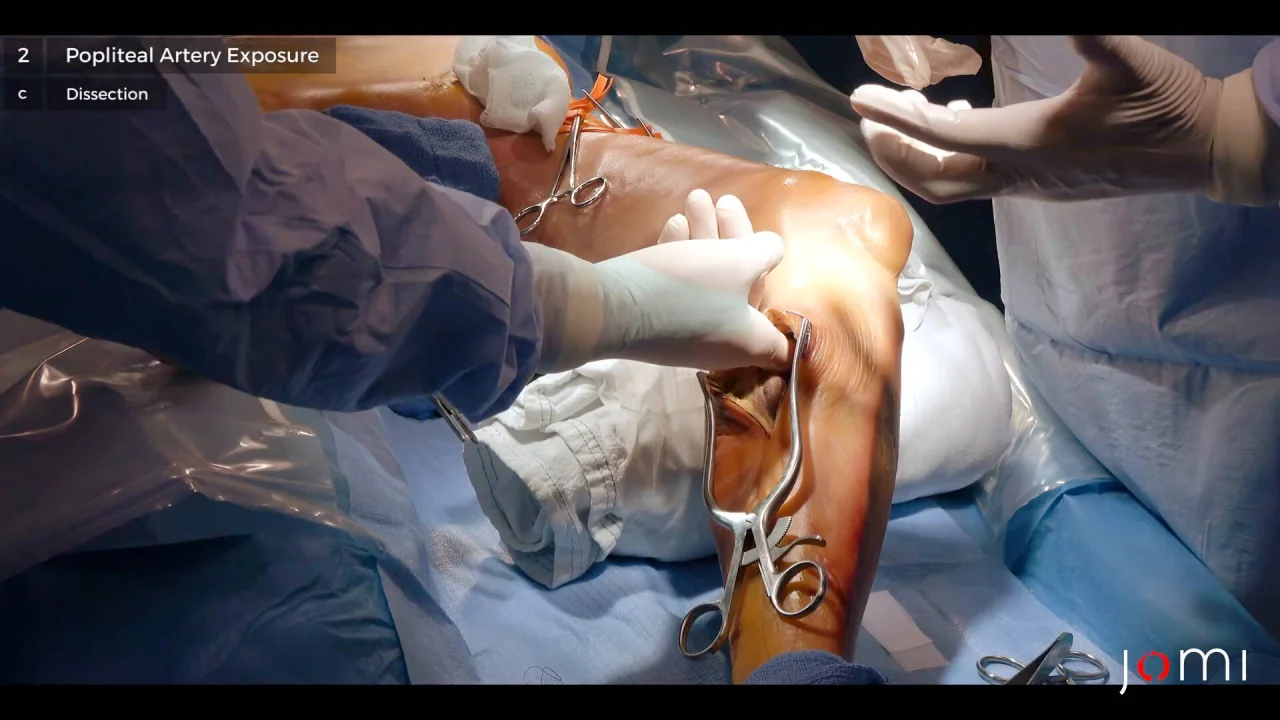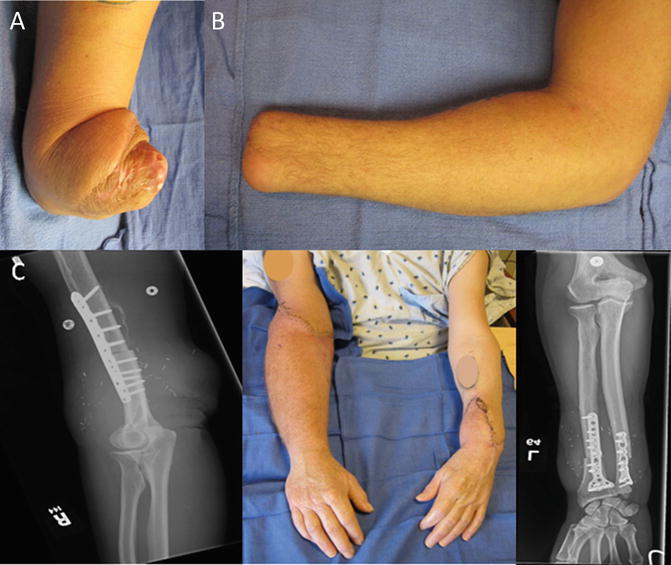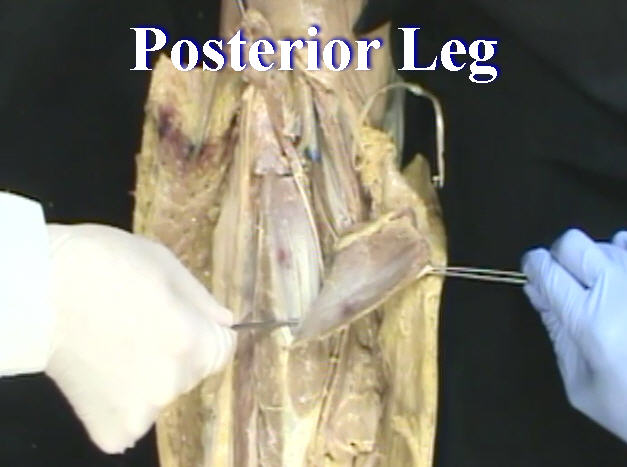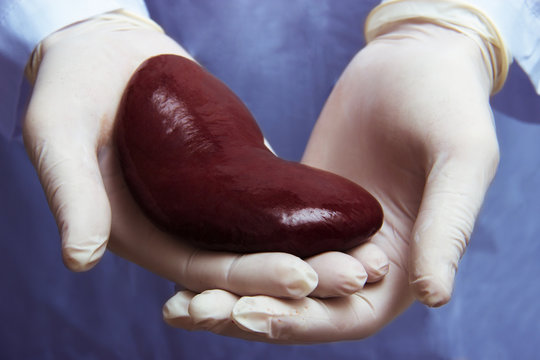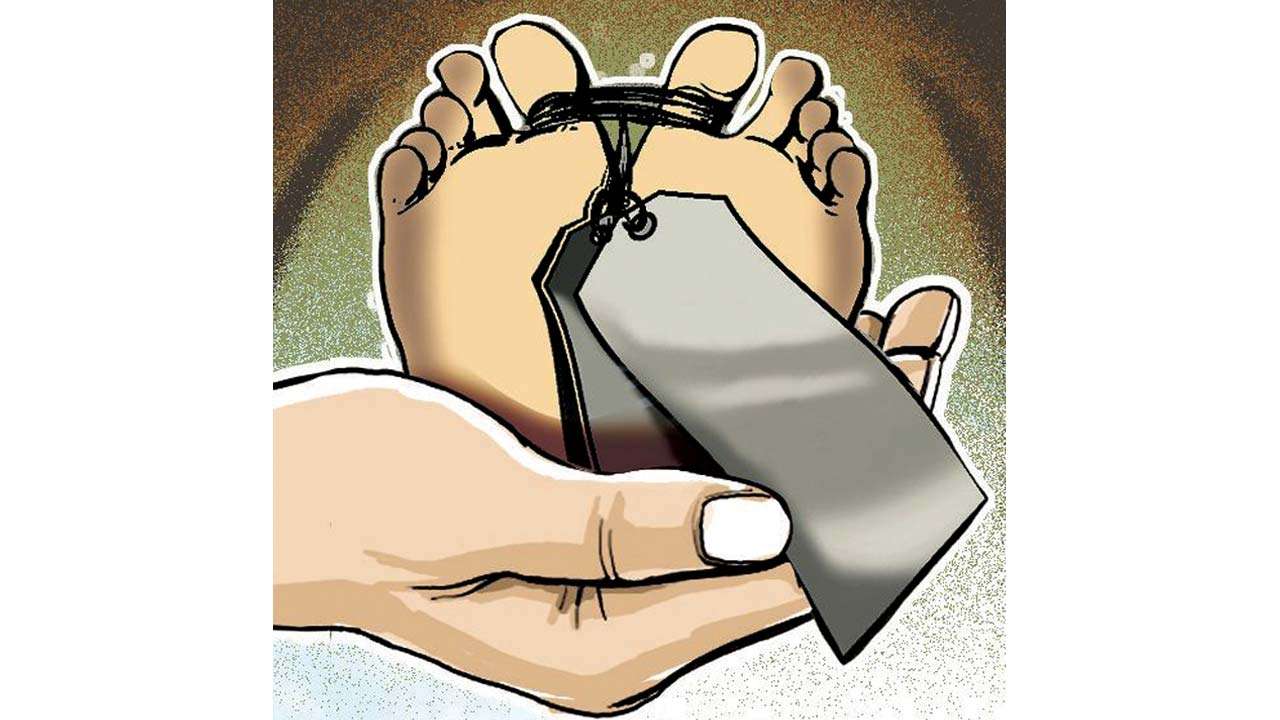Cadaver Leg Transplant

Cadaver saphenous vein allografts CSVAs are used as a final surgical option before limb amputation by vascular surgeons when other first-option bypass conduits such as autogenous saphenous vein and synthetic grafts such as polytetrafluoroethylene have already been attempted for revascularization.
Cadaver leg transplant. Doctors have found the best transplant results with living kidney donations. Allograft is a term that simply means the transplantation of tissue from one person a donor to another. Rejection can appear as a rash that could be spotty patchy or blotchy.
And the heart is in the teens12 or so years. From the time we begin our search for a qualified leg transplant recipient to the continuing care we provide following surgery a significant amount of time expertise and attentiveness is contributed toward making the procedure a progressive success. The ACL and the cartilage and structures of that nature around the knee are considered immune-privileged and so there is not really a rejection phenomenon like you would see with a heart transplant or a lung transplant.
Therapy will be tailored to their needs and abilities. An Autograft uses bone harvested from the patient. Bone grafting or transplanting of bone tissue is beneficial in.
Leg ulcers that do not heal despite appropriate treatment are defined as recalcitrant ulcers. A bone transplant may also be performed using bone tissue from a cadaver. In order to perform the graft your surgeon may take bone from your hips legs or ribs.
The new meniscus is taken from a person who has died cadaver and donated their tissue. Believing the tissues to be foreign the bodys natural response is to attack and can occur within days to months after transplant. As your body heals the cadaver to your body it hurts.
After sharp debridement dermal substitutes including skin from cadaver donors may increase the healing rate of recalcitrant ulcers. Autograft is a decision that must be made by the surgeon and patient said co-author Kurre Luber MD orthopedic surgery fellow at Mississippi Sports Medicine and Orthopaedic Center. Risks From Cadaver Tissue Are Exceedingly Low We know that the chance of developing an infection as a result of disease transmission from an allograft implanted is exceedingly low.

